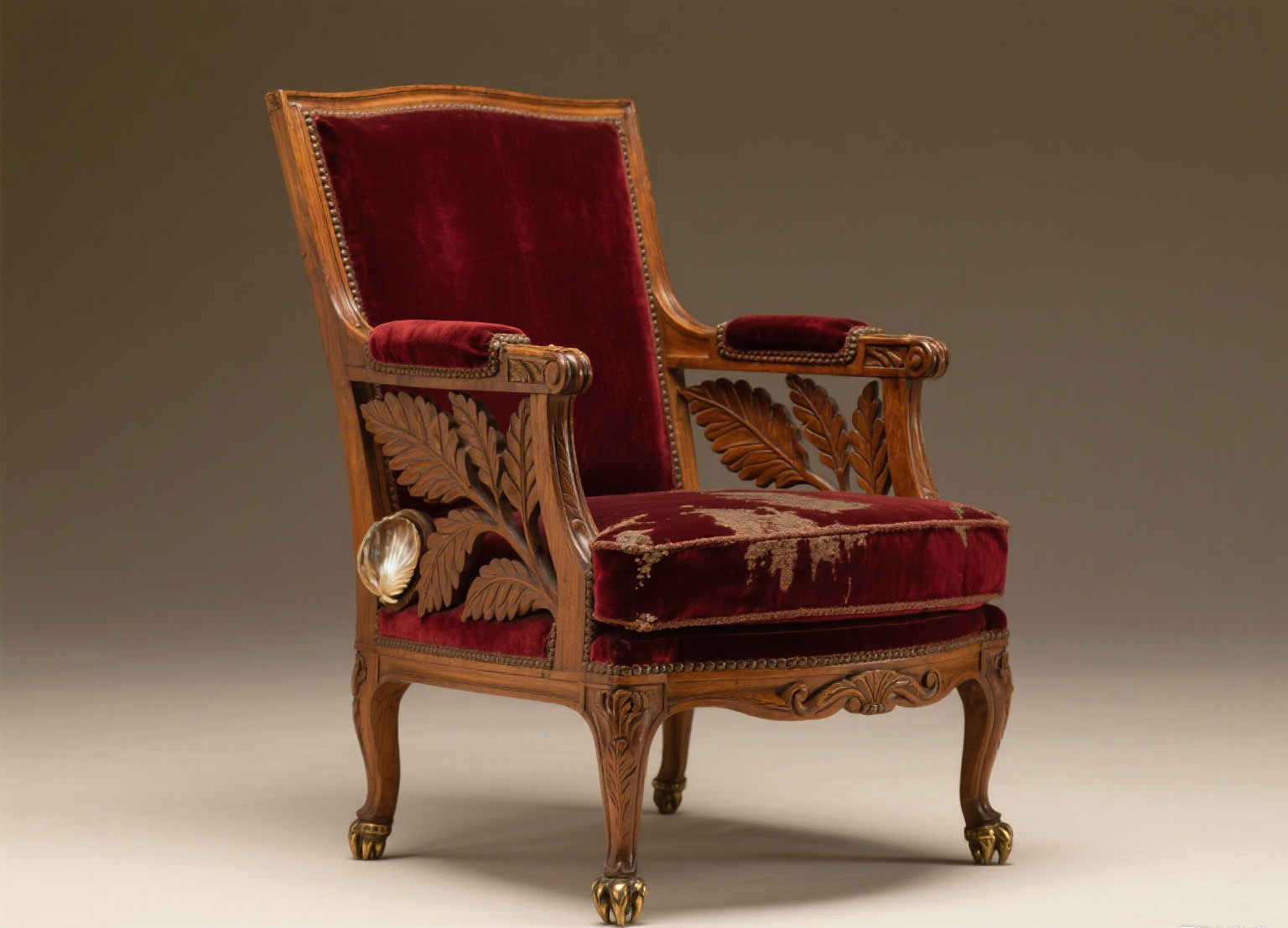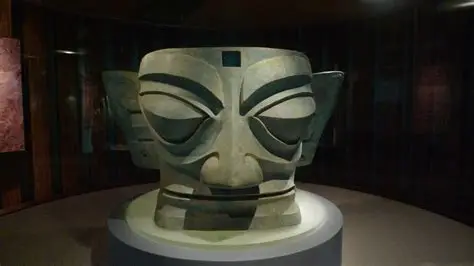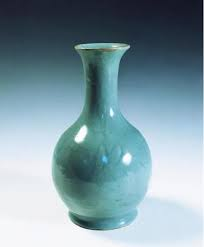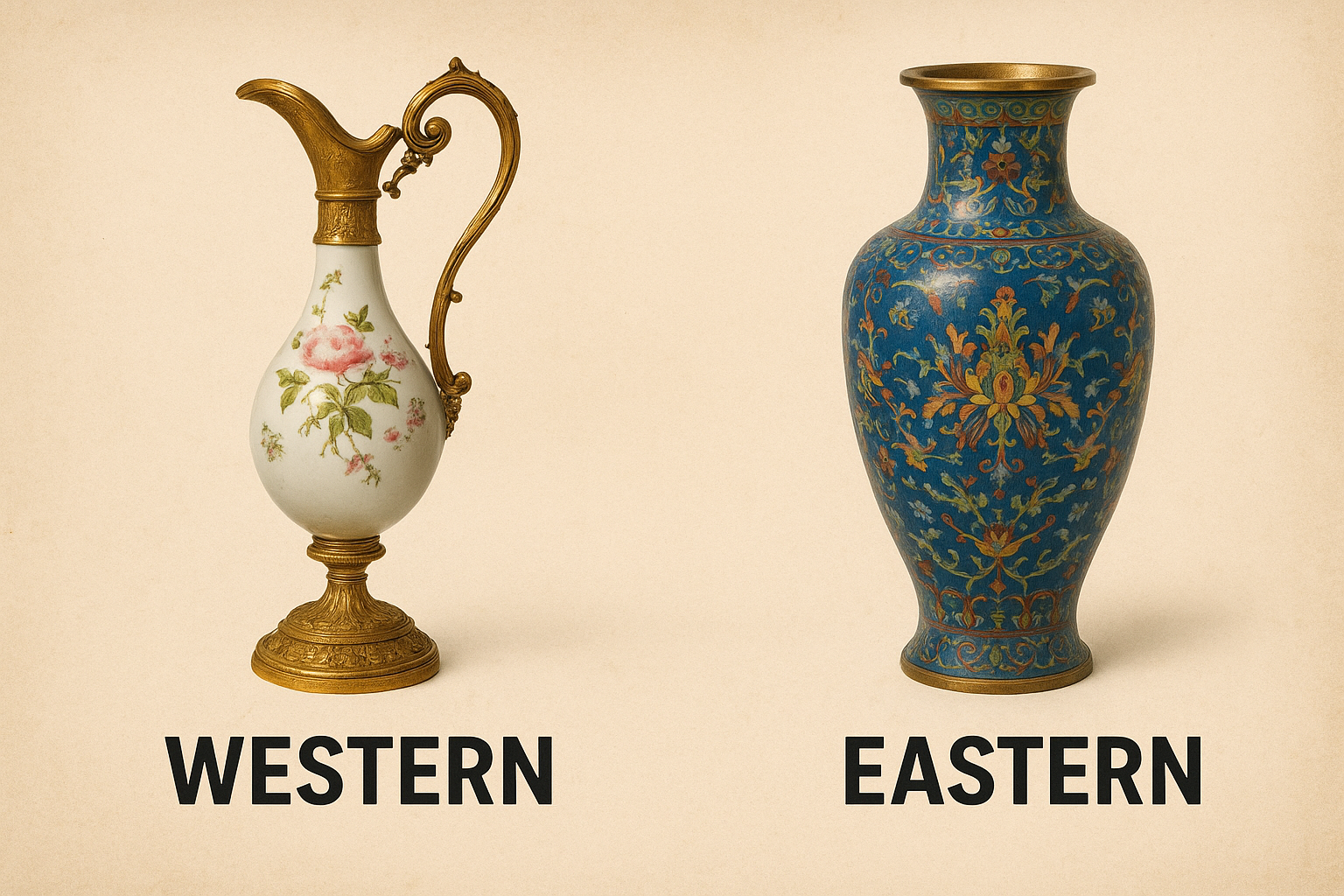On the vast Chengdu Plain in southwestern China, an ancient and mysterious civilization has awakened…
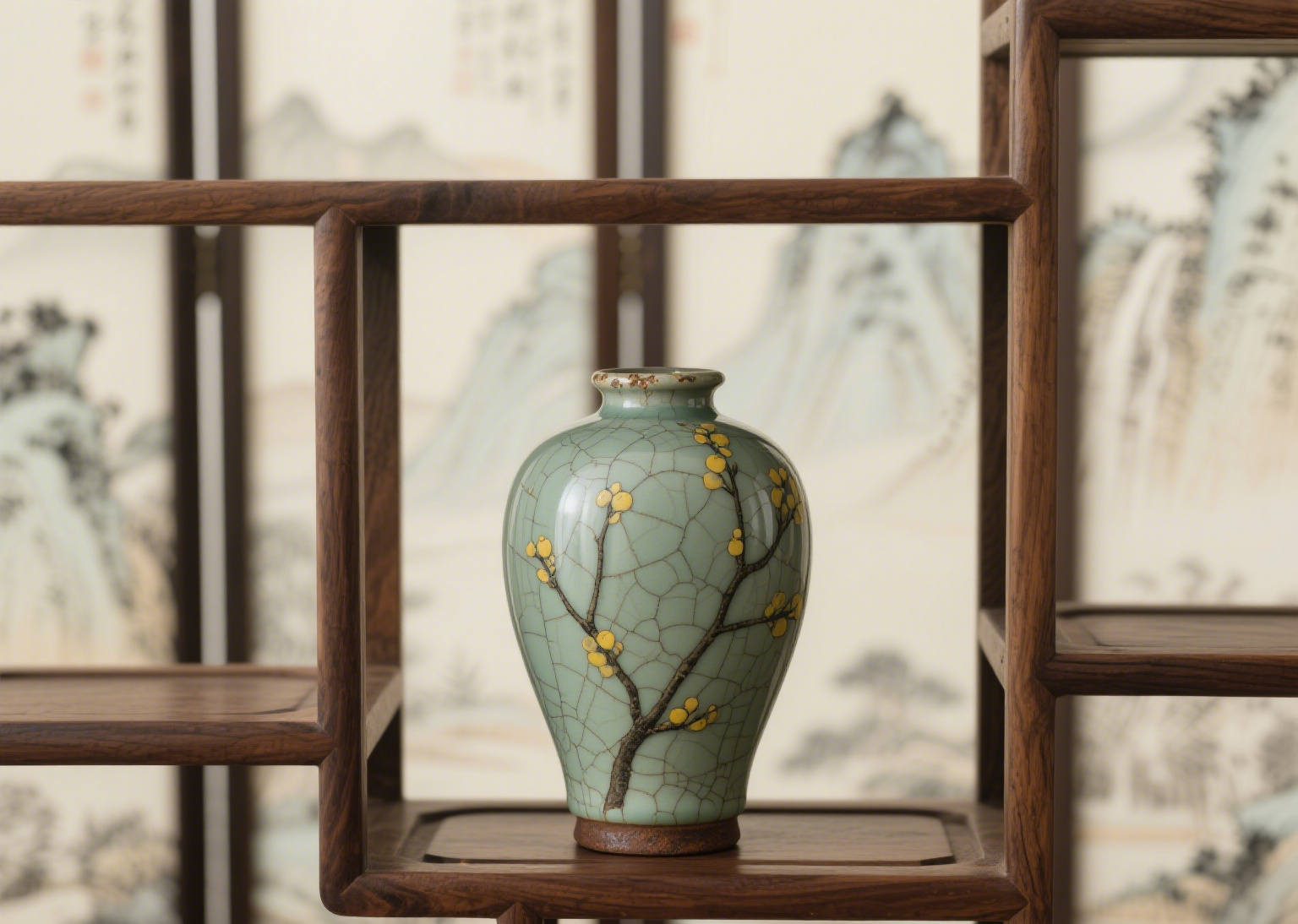
Amber of Time: The Years Flowing Through Antiques

The value of antiques lies not only in their materials and age. A Qing Dynasty folk kiln bowl, while perhaps characterized by uneven glaze and rough clay, bears the hallmarks of the ordinary people’s diets of the time. An old folding fan, its ribs patinated with the patina, reveals the hardships faced by a scholar on his journey to the imperial examinations. These objects, etched with the wrinkles of life, bring history out of the textbook and into something tangible and palpable.
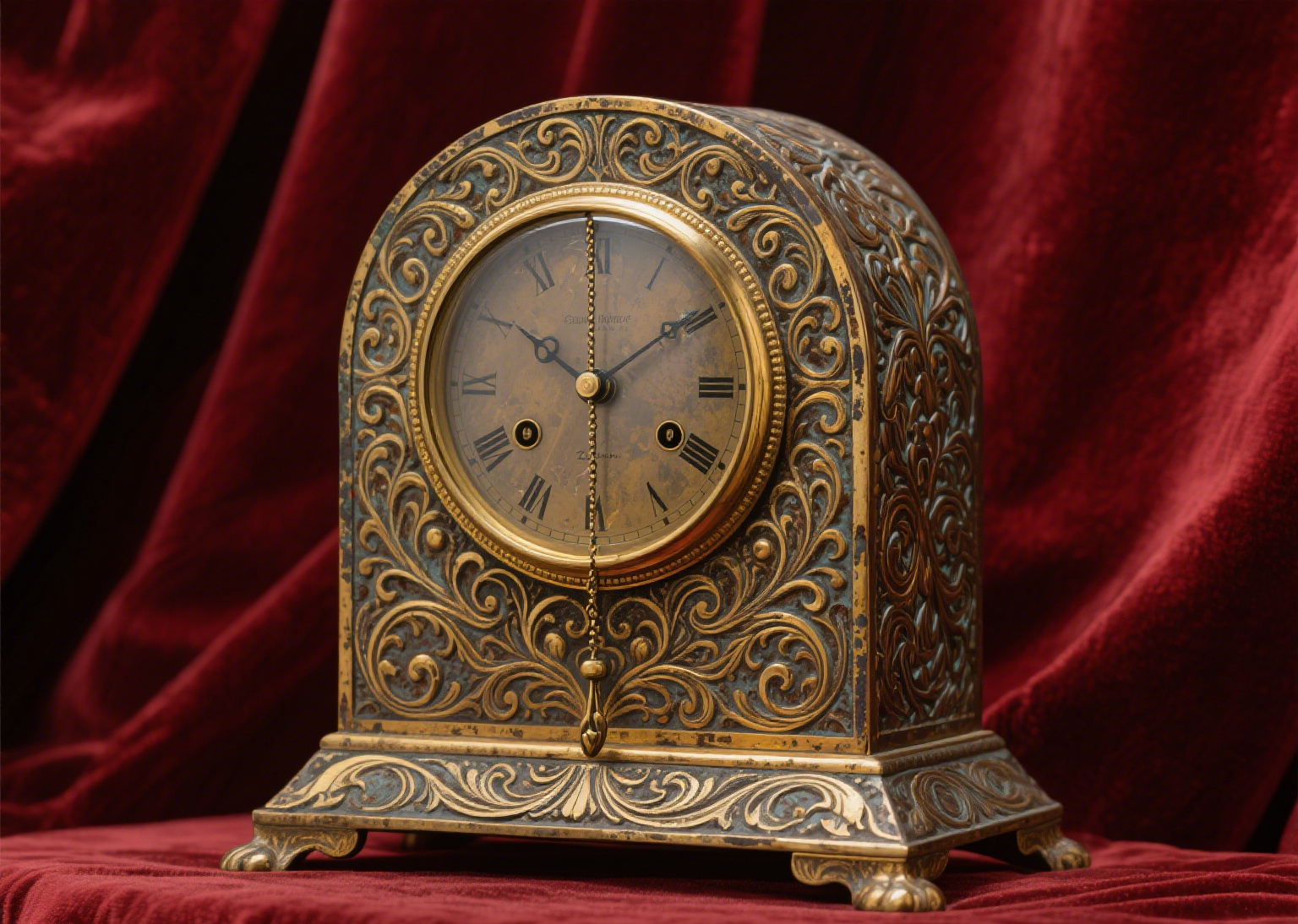
Distinguishing Objects is Like Reading History: The Secret Code Hidden in the Details
The process of identifying antiques is like a silent dialogue with the past. The mortise and tenon joints of Ming Dynasty furniture embody the mechanical wisdom of the ancients, remaining seamless even after centuries of bearing heavy loads. The crackle patterns of Song Dynasty porcelain are lines of poetry written on the glaze by time, each fissure following the rhythm of nature. I once saw a collector repeatedly poring over a bronze mirror. He remarked that the tangled branches on the back of the mirror embodied the aesthetic trends of the time, with even the curling angles of the flowers and leaves bearing the mark of the era.
But the most captivating discoveries in the antique trade are often those “imperfect” finds. A chipped blue-and-white bowl, perhaps accidentally dropped by a housewife, escaped destruction during war. The frayed edges of an old photograph may hold the memory of its owner, who repeatedly flipped through it. These scarred objects are closer to the truth of history than flawless treasures.
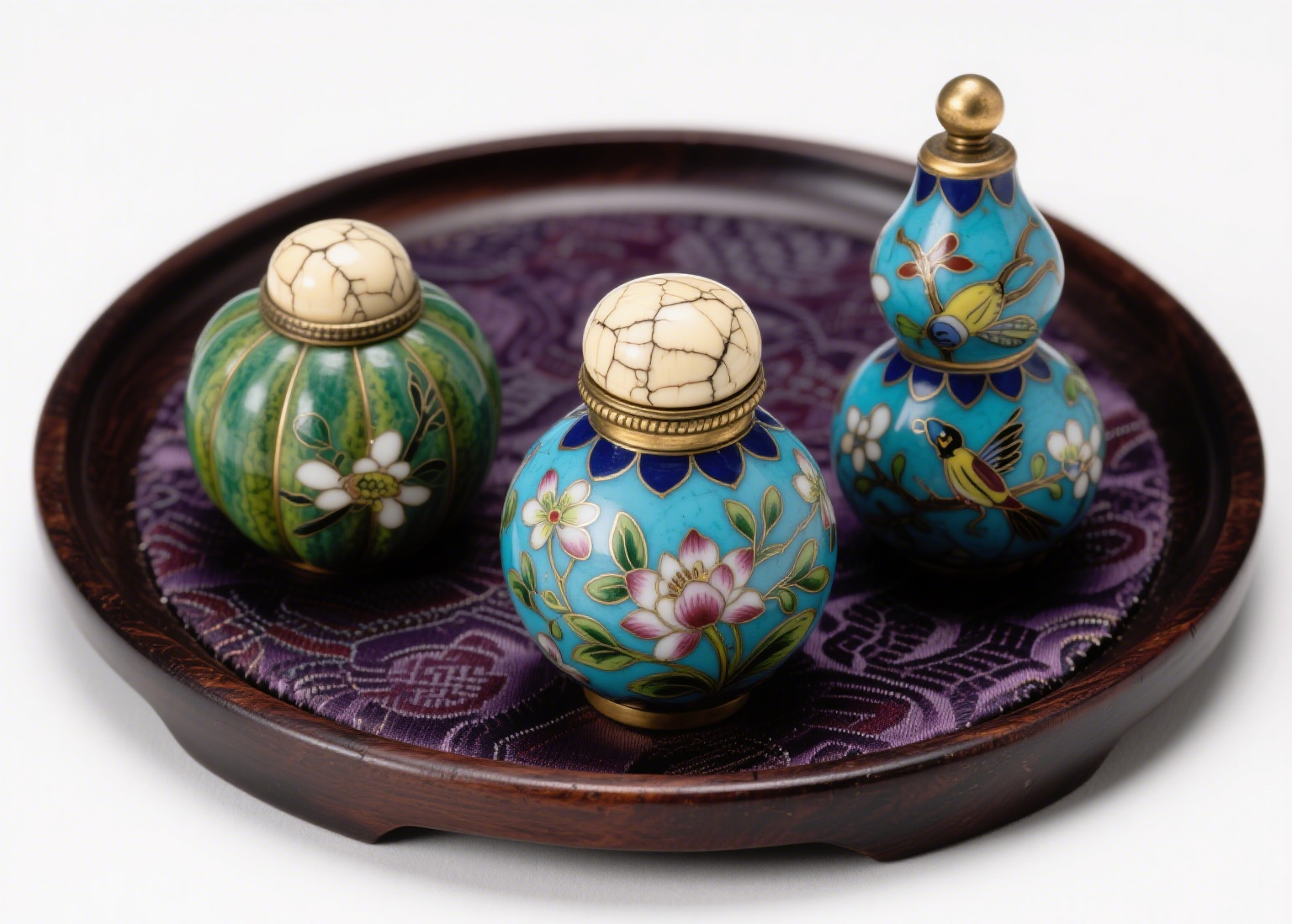
A Collecting Philosophy of Living with Time
After years of collecting antiques, I’ve come to understand that true ownership isn’t about possession, but about passing it on. Just like that Republican-era silver hairpin, it may have spent its first half of life tucked into a woman’s bun, accompanying her through joys and sorrows; now, it rests securely, awaiting the next chapter. The value of an antique lies not in its price tag, but in the humanity and time we can read within it with every glance.
In the afternoon sun, I often lay out a few of my favorites for a closer look. The landscapes on a Qing Dynasty pen holder remain vivid, the handwriting on Republican-era letter paper carries warmth, and the ticking of an old pocket watch seems to echo a dialogue between the past and the future. These silent objects quietly speak—about the passage of time, about how we are tenderly embraced by history.
